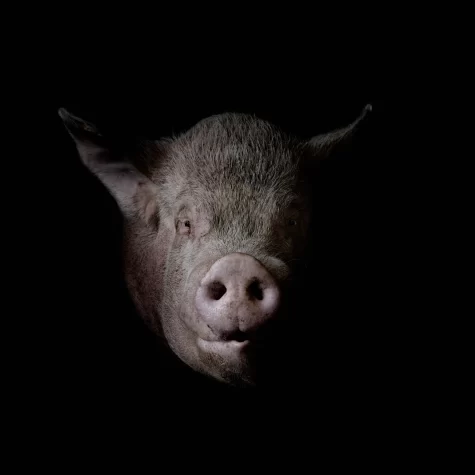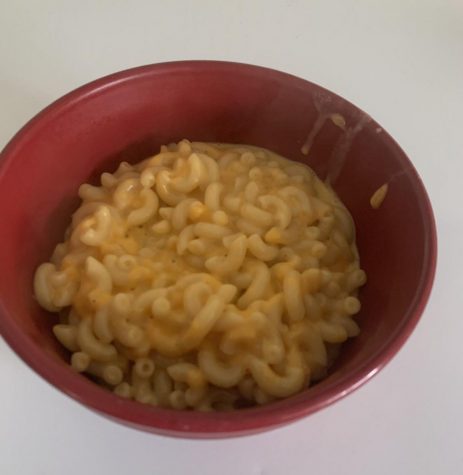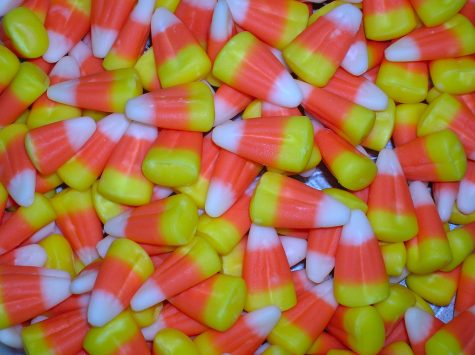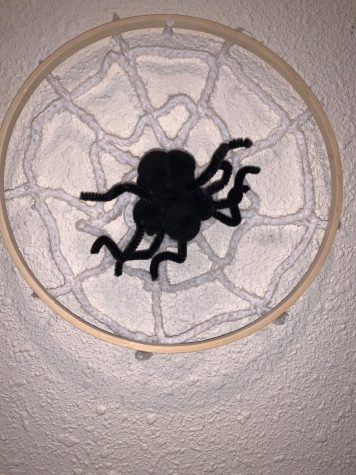Tainted Tall-Tales
An examination of the deadly Halloween candy myth
As the students of the Ada School System prepare for Halloween, an old Halloween myth comes to mind. Surprisingly, the idea of tainted Halloween candy is a myth, a dark figment of the imagination, coming to life. There are only two documented Halloween candy related deaths and neither had to do with strangers passing out candy to unsuspecting children.
According to The Center for Disease Control and Prevention there are no documented cases of tainted candy killing a child. Dr. Joel Best, a sociology and criminal justice professor has been researching what he calls Halloween sadism. In the past 30 years the number of kids killed from poisoned Halloween candy is zero.
In 1970, a five year old boy died form eating the heroin he found in a relatives home. In an attempt to cover up for the relative, the boy’s family put heroin in the rest of his Halloween candy to make it look like an attack.
Four years later, in Texas, an eight year old boy died from cyanide laced pixie sticks. Later, it was discovered that the boys father had intentionally poisoned him so that he could collect the $20,000 life insurance.
As for razor blades and sharp needles, this should cause mild concern. Since 1959, there have been around 80 reports of sharp objects being purposely placed in food. When accusations weren’t hoaxes, they were done by a loved one or relative as a prank. The chances of it happening to you are slim to none.
Best says that tainted Halloween candy is a contemporary legend, a story that appears mysterious, spreads spontaneously in various forms and is usually false. Often these legends contain elements of humor or horror and are popularly believed to be true.
Statistically, tainted Halloween candy is a myth. It first started in the 1970’s. The idea of “Halloween sadism” became so wide spread that the entire fundamental of Halloween changed. The police and parents were all more paranoid.
In recent times the paranoia has subsided slightly.
“I really didn’t check it because I knew the people that I would let them go to. I knew who they were,” said Donna Keel, AHS secretary.
Students seem even less likely to be concerned about tampered with Halloween candy.
Angelle Nazareno, a student at Ada High School, said, ” I used to trick-or-treat, but I never checked my candy because I trusted my neighbors.”
That doesn’t mean people shouldn’t watch out for their children on Halloween. There are still more dangers that need to be watched out for. The even more pressing threat is automobile accidents. Research shows that children are four times more likely to be hit by a car on Halloween than on any other day of the year.
Another thing to watch out for is kidnapping. Children who go trick-or-treating should go in groups or be taken by a responsible, trustworthy adult.
Even though tainted Halloween candy is a myth, that doesn’t mean that there aren’t real dangers to be wary of.

Heather Manuel is a junior at Ada High School. She is a third year writer and photographer for The Cougar Call.
In the 2016 Oklahoma Scholastic Media...
















